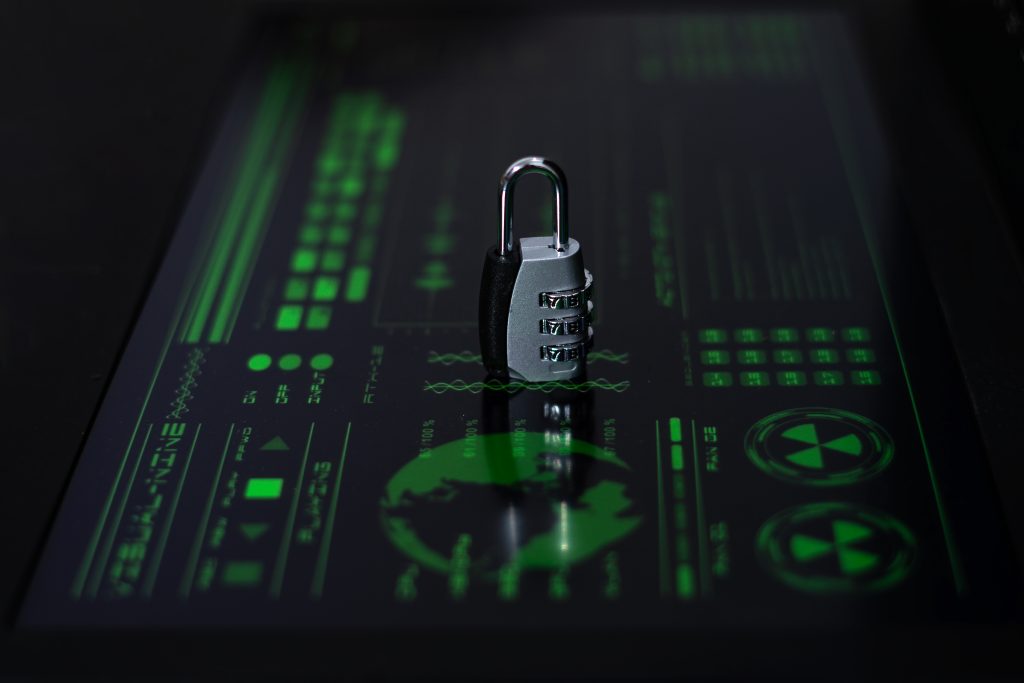In 2025, cyber attacks are increasingly sophisticated, targeting corporate brands with ransomware, phishing, and data breaches. Understanding the anatomy of cyber attacks is crucial for building robust defenses. This blog dissects how attacks unfold and offers proactive cybersecurity solutions to safeguard corporate cybersecurity, ensuring brand protection and user trust in a high-risk digital landscape.
How Cyber Attacks Unfold
Cyber attacks typically follow a pattern: reconnaissance, exploitation, and execution. Attackers gather data on vulnerabilities, exploit weaknesses like outdated software, and deploy malware or steal data. For instance, a phishing email might trick an employee into revealing credentials. Why is this critical? Knowing the cyber attack lifecycle helps brands anticipate threats. Are you aware of the weak points in your systems?
Why Corporate Brands Are Prime Targets
Corporate brands manage vast datasets, from customer information to financial records, making them lucrative targets. A single breach can cost millions and damage brand reputation. Proactive measures aligned with cybersecurity trends 2025 are essential to mitigate risks and maintain user confidence. How is your brand preparing for potential cyber threats?
Proactive Strategies to Counter Cyber Attacks
To stay ahead of attackers, implement these five strategies:
- Conduct Vulnerability Assessments: Regularly scan systems for weaknesses.
- Deploy Multi-Factor Authentication (MFA): Add layers of security to prevent unauthorized access.
- Train Employees Continuously: Educate staff on recognizing phishing and social engineering.
- Use AI-Powered Threat Detection: Leverage AI to identify anomalies in real-time.
- Develop a Robust Incident Response Plan: Ensure swift recovery from breaches.
These cybersecurity best practices enhance enterprise cybersecurity solutions. Which strategy will you prioritize?
Challenges in Proactive Cybersecurity
Implementing proactive defenses faces hurdles like budget constraints, evolving attack vectors, and compliance complexities. Integrating new technologies without disrupting operations is also challenging. By addressing these cybersecurity challenges, brands can strengthen resilience. Are you equipped to overcome these obstacles?
Tools for Corporate Cybersecurity
Leverage these tools to bolster defenses:
- CrowdStrike Falcon: Provides AI-driven endpoint protection.
- Nessus: Scans for vulnerabilities across networks.
- Okta: Manages secure identity authentication.
- Splunk: Monitors threats with real-time analytics.
These cybersecurity tools for brands align with proactive security trends 2025, ensuring robust protection. Which tool fits your security needs?
The Future of Corporate Cybersecurity
In 2025, cybersecurity trends will emphasize zero-trust architectures, quantum-resistant encryption, and automated threat hunting. Brands must ask: How can we stay proactive against emerging threats? By adopting proactive cyber defense strategies and corporate brand security, companies can protect assets, rebuild trust, and thrive in a dynamic threat landscape.



